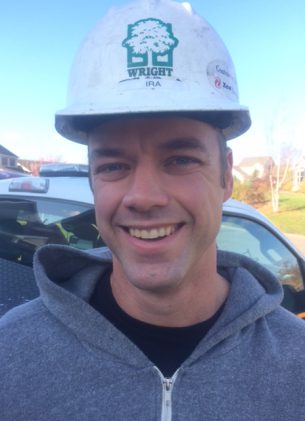News
Welcoming the Rapid Changes in Regulations, Technology, and Equipment
By Ira Signalness, General Foreman, Wright Tree Service
There are many factors that come into play for utility arborists. The hazards while working near and around the power grid can make our side of the industry challenging, and in some cases, dangerous if work is not performed properly.
One thing I find that never seems to be a concern with our position as general foremen (whether it is on transmission, distribution, or both) is the variety of responsibilities and tasks that challenge us day to day. When it comes to managing people and equipment, it can be difficult to “stick to a plan.”
One of Wright Tree Service’s largest utilities (and the utility I exclusively work for) is Xcel Energy in the Minneapolis-St. Paul metropolitan area. We have been working closely on both sides of the table with Xcel to introduce several new features to our operations, including:
- The use of new equipment such as compact trimming saws
- Computers in GF and job planner vehicles
- Electronic reporting and laser rangefinder tools
- The use of LiDAR
Quite possibly the most significant change has been the increased use of LiDAR on our transmission grid. Much of this use is not only suggested but now required on North American Electric Reliability Corporation’s (NERC) system to audit and confirm compliance that we as utility arborists help our utilities achieve.
It is very easy, and almost natural, to want to reject change when you are accustomed to the way things used to be. Many times, my natural reaction when it comes to introduction of new technology may be negative. It is easy to view new tools as “another watchdog” or “another responsibility” or “another thing I have to learn.” Instead, it’s more beneficial to step back and understand what new technology brings and how it can positively impact you and your company.
The LiDAR system is a great example of new technology that utilities and contractors can use to their advantage. In the past, measuring was done through rangefinders, measuring tape, or aerial visual inspection (with no real measurements) to comply with guidelines. LiDAR improves this process by using reflective light through lasers to measure distances in a 3-dimensional environment. This is often done on the NERC system (voltages equal or greater than 200,000 volts) by use of helicopter on the power grid. Through the use of LiDAR, we have virtually and infinitely increased the ability to audit clearances on every inch of every line that this is required.
In order to be successful in our industry, it is important to welcome new challenges and changes. We must adapt to this ever-changing industry and embrace innovative ideas and discoveries. This positive attitude will keep our industry moving in the right direction.


